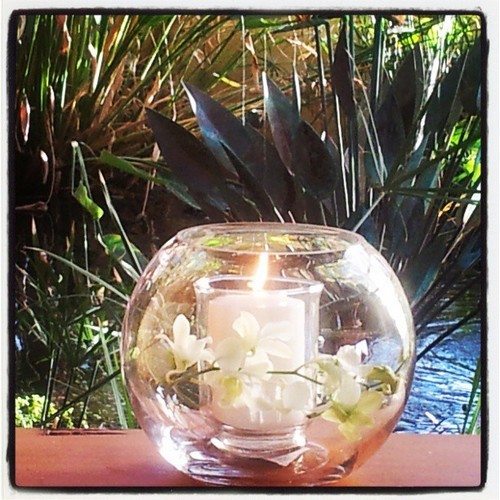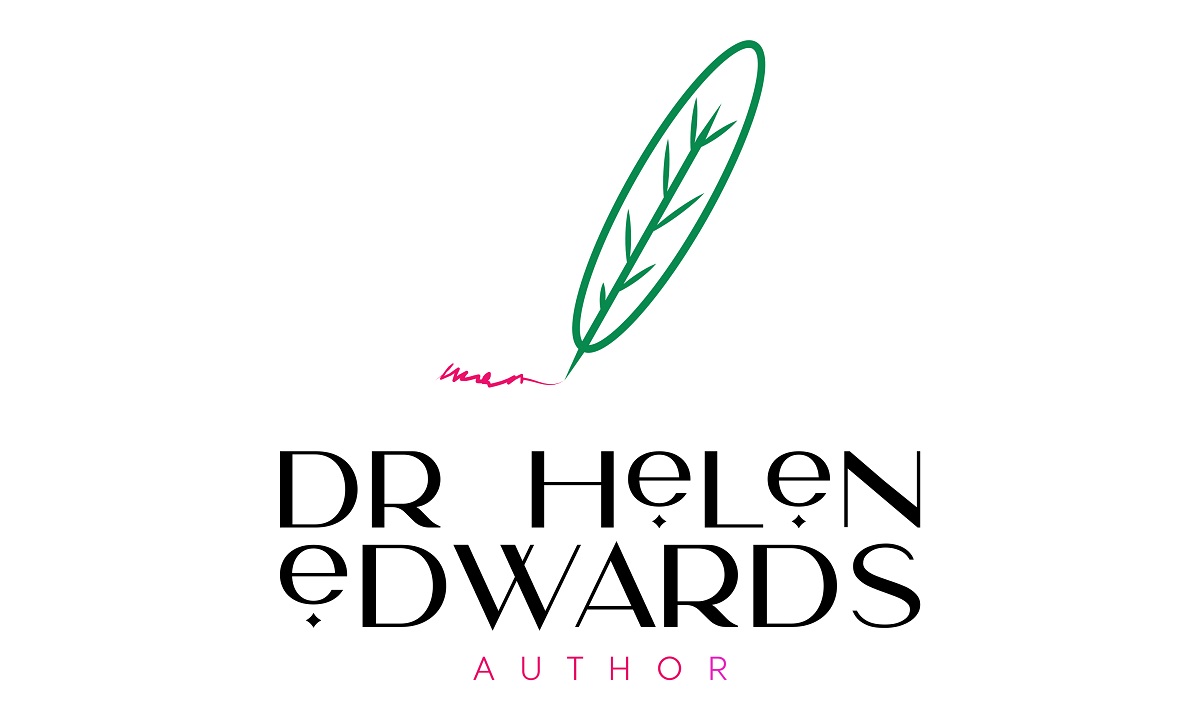Wellbeing Wednesday, talking about Mindfulness

Being comfortable and relaxed in our homes is very important and we Aussies tend to see our homes as our sanctuary, a place to relax and unwind.
Learning things like relaxation and mindfulness practices can help us to enjoy not just our downtime, but can make us more productive. Mindfulness is an important skill that allows us to deal with stress, worries and the fast pace of our lives. Most of us avoid painful things, we don’t like to feel or experience things that make us feel uncomfortable.
And we are really good at finding ways to distract ourselves such as shopping, alcohol, television and food! We often worry and think more about the future or the past than we do the present moment.I know I am terrible for this and often find myself drifting off from the here and now. There is nothing wrong with this, as long as you have plenty of time where you do notice the present, as getting caught up in the past and future thoughts, tends to increase our stress and reduce our wellbeing and quality of life.
When we learn to sit with painful thoughts and feelings (as they are part of all of our lives) we actually feel much better. If problems are right up against your face it is impossible for you to function. Imagine it like a piece of paper right up against your eyes. Yet when we push them away and hold them at arms length we can become exhausted. Again, imagine how tired you would become if you held this piece of paper out at arms length, pushing it away, for days on end. Sitting painful thoughts and feelings in our laps and allowing them to be there, but not letting them get in the way of our lives, is what mindfulness is all about. In many ways it is about acceptance and about committing to take action in our lives around the things that matter to us.
Mindfulness allows you to be able to identify, live with and reduce difficult, painful and even frightening thoughts, feelings and sensations; it gives you back some sense of mastery over them. Rather than feeling that you are being pushed around by your feelings and thoughts you learn to be able to have some control over them.
So what is mindfulness? Here are some definitions:
- The awareness that emerges through paying attention on purpose, in the present moment, and non-judgmentally to the unfolding of experience moment to moment (Kabat-Zinn, 2003).
- The non-judgmental observation of the ongoing stream of internal and external stimuli as they arise (Baer, 2003).
- Keeping one’s complete attention to the experience on a moment to moment basis (Martlett & Kristeller, 1999).
Put simply, mindfulness is just becoming aware of your here and now experience, both internally and in the external world around you. It gives you a space in the present moment. It also allows you to look at and plan for the future, even when you might have fearful thoughts about things that haven’t yet happened, from a secure position of knowing that you are in the present moment. In fact, we are always in the present moment – we just lose track of that fact quite often.
Sometimes it is easier to understand something in terms of what it is not. Here are some examples of mindLESSness: (thanks to living well)
- Breaking things, spilling things, clumsiness, accidents because of carelessness, inattention or thinking about something else
- Failing to notice subtle or not-so-subtle feelings of physical discomfort, pain, tension etc
- Forgetting someone’s name as soon as you hear it
- Listening to someone with one ear while doing something else at the same time
- Getting so focussed on goals that I lose touch with what I am doing right now
- Getting lost in my thoughts and feelings
- Being preoccupied with the future or the past
- Eating without being aware of eating
- Having periods of time where you have difficulty remembering the details of what happened – running on autopilot
- Reacting emotionally in certain ways – feeling like an emotion just “came out of nowhere”
- Daydreaming or thinking of other things when doing chores
- Doing several things at once rather than focussing on one thing at a time
- Distracting yourself with things like eating, alcohol, pornography, drugs, work
If you do some or even most of these things at times, then you are probably a normal member of the human race!
There are many, many exercises you can do to practice mindfulness. Here is a simple one that can be done at any time, anywhere.
Mindfulness of the breath
Breathing is something that we all do, all of the time without even noticing. Bringing our focus intentionally onto our breath helps to ground us in the present moment. We can practice observing without reacting, simply watching each breath as it happens without feeling a need to change it.
You can do this exercise for just a few minutes, or for longer periods. Although the intention is to focus on the breath, you will begin to experience how unfocused our minds can be! You may find that your mind wanders a hundred times, or just a few. It is okay for this to happen and it doesn’t mean that you are doing anything wrong, just notice the distractions and gently bring your attention back to the breath.
Read through the description below and then try it yourself (best to read it all before starting as if you try and do it as you read along, you’ll probably end up with your eyes closed before you’ve read what to do next .)
- Preparation
Sit or lie in a comfortable position. You may choose to close your eyes or keep them open, if you are feeling tired it may be useful to let just a little bit of light in to keep you alert as this is not the same as relaxation.
- Time of mindfulness
Begin by gently moving your attention onto the process of breathing. Simply observe each breath as it happens, whether you focus on the rise and fall of your chest or abdomen, or on the sensation of the breath at the nostrils. Really feel what it is like to breath, without feeling the need to alter your breath, just observing it as it happens.
As you engage in this exercise you may find that your mind wanders, caught by thoughts or by noises in the room, or bodily sensations. When you notice that this happens, know that this is okay, and simply notice the distraction but gently bring your attention back to the breath.
- Ending the exercise
Take a few moments to yourself, just to really feel connected with the present moment. Expand your awareness from the breath into the room around you, and as you feel comfortable to do so, open your eyes and bring the exercise to a close.
- Reflections
Take a few moments to think about what your experience was in this exercise, and how you feel in the present moment.



